Are you considering adding a Scottish Deerhound to your family? If so, you are considering one of the oldest and most magnificent breeds of dogs. These gentle giants are known for their grace, elegance, and affectionate nature. They were originally bred to hunt deer in the Scottish Highlands, but today they make wonderful companions for those who have the space and time to devote to them. While they may not be the right fit for everyone, those who choose to share their lives with a Scottish Deerhound will be rewarded with a loyal and loving companion.
Breed Category: Hound
Country of Origin: Scotland
Average Size:75-80 cm (at the shoulder)
Average Weight:36-45 kg
Average Life Span: 8-11 years
Grooming Requirements: Moderate
Exercise Requirements:High
History and Origin
The Scottish Deerhound is a breed of dog that has a long and fascinating history. This breed is known for its grace, speed, and hunting abilities. The Scottish Deerhound is a sighthound, which means that it hunts by sight rather than by scent. This breed is also known for its gentle and affectionate nature, making it a popular choice for families.
The origins of the Scottish Deerhound can be traced back to ancient times. It is believed that the breed was developed in Scotland over 500 years ago. The Scottish Deerhound was originally bred to hunt deer, which were abundant in the Scottish Highlands. The breed was also used to hunt other game, such as wolves and wild boar.
The Scottish Deerhound was highly valued by the Scottish nobility, who used the breed for hunting and as a symbol of their status. The breed was also used for racing, with the first recorded Deerhound race taking place in the 16th century. The Scottish Deerhound was also used for coursing, which involved chasing and catching small game such as rabbits.
During the 18th and 19th centuries, the Scottish Deerhound faced a decline in popularity. This was due to a number of factors, including changes in hunting practices and the rise of other breeds. However, the breed was saved from extinction by a group of dedicated breeders who worked to preserve the breed’s unique characteristics.
In the early 20th century, the Scottish Deerhound was recognized as a distinct breed by the Kennel Club in the UK. The breed was also recognized by the American Kennel Club in 1886. Today, the Scottish Deerhound is still used for hunting and racing, but it is also a popular companion dog. The breed is known for its loyalty, intelligence, and gentle nature.
In conclusion, the Scottish Deerhound is a breed of dog with a rich and fascinating history. This breed has been valued for its hunting abilities and as a symbol of status for centuries. Despite facing a decline in popularity, the Scottish Deerhound has been preserved by dedicated breeders and is now a beloved companion dog. The Scottish Deerhound’s grace, speed, and gentle nature make it a unique and special breed.
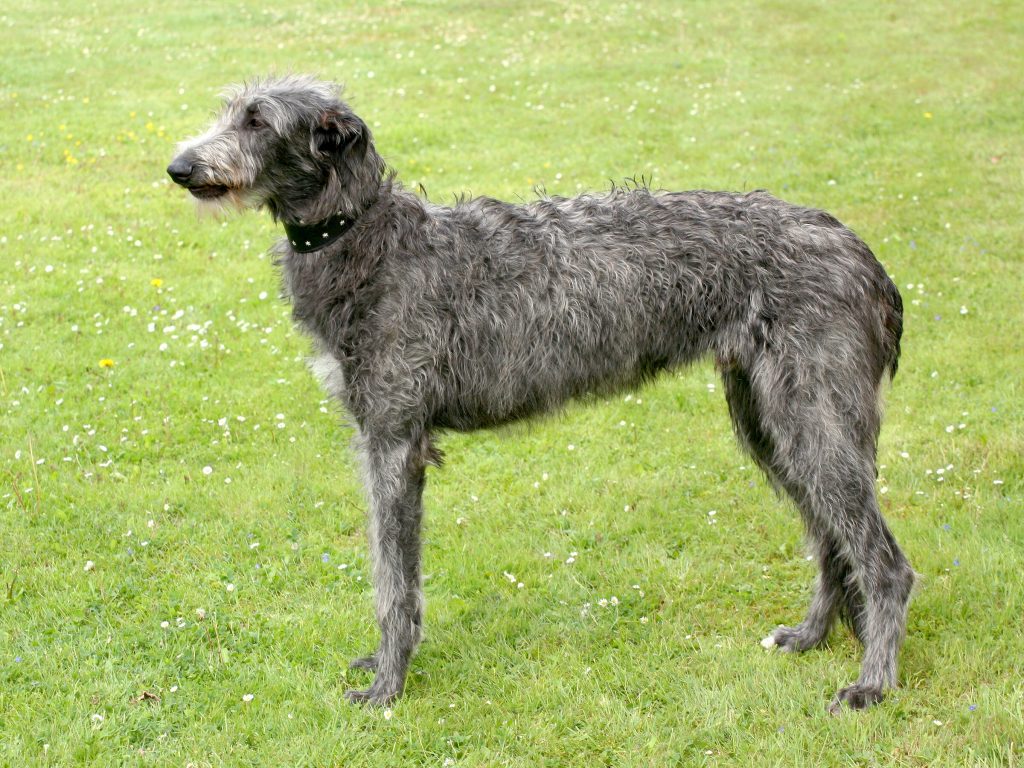
Size and Breed Category
The Scottish Deerhound is a large breed of dog that belongs to the sighthound category. They are known for their tall and lean physique, which allows them to run at great speeds. The average height of a male Scottish Deerhound is around 76-81 cm, while females are slightly smaller at 71-76 cm. They can weigh anywhere between 34-50 kg, with males being heavier than females. Their coat is typically wiry and comes in a range of colours, including blue-grey, brindle, and fawn. Scottish Deerhounds have a long and narrow head, with a pointed snout and floppy ears. They are known for their gentle and affectionate nature, making them great family pets.
The Scottish Deerhound is a breed that has been around for centuries, with their origins dating back to Scotland in the 16th century. They were originally bred for hunting deer, hence their name. Scottish Deerhounds are classified as a sighthound, which means they use their keen eyesight to spot prey and chase it down. They are known for their incredible speed and agility, which makes them excellent hunters. Despite their hunting background, Scottish Deerhounds are gentle and affectionate dogs that make great family pets. They are loyal and devoted to their owners, and they get along well with children and other pets. Scottish Deerhounds require regular exercise to keep them healthy and happy, and they thrive in homes with large yards or open spaces.
Fur Length and Colour
The fur of the Scottish Deerhound is typically long and wiry, with a rough texture that provides excellent protection against the harsh Scottish climate. The fur is usually thickest around the neck and shoulders, forming a distinctive mane that gives the breed a regal appearance. The fur on the body is generally shorter and softer, with a dense undercoat that helps to insulate the dog in cold weather. Scottish Deerhounds come in a range of colours, including brindle, blue-grey, fawn, and red. Some dogs may have white markings on the chest, feet, or tail, but these are not considered desirable in the show ring. Overall, the fur of the Scottish Deerhound is an important part of the breed’s distinctive appearance and provides both practical and aesthetic benefits.
The colour of the Scottish Deerhound’s fur can vary widely, but all shades are considered acceptable within the breed standard. Brindle is a common colour, with a range of shades from light to dark. Blue-grey is also a popular colour, giving the dog a striking and distinctive appearance. Fawn and red are also seen, with some dogs having a mix of these colours. The fur may be solid or have darker or lighter markings, but should be even and not patchy. The colour of the fur can change as the dog ages, with some dogs becoming lighter or darker over time. Overall, the colour of the Scottish Deerhound’s fur is an important part of the breed’s appearance and adds to their unique and striking beauty.
Termperament and Trainability
Scottish Deerhounds are known for their gentle and affectionate temperament. They are loyal and devoted to their owners, making them great family pets. However, they can be reserved with strangers and may require proper socialization to prevent shyness or aggression. Scottish Deerhounds are also independent thinkers and may not always obey commands, making them less suitable for inexperienced dog owners. Nevertheless, with consistent training and positive reinforcement, they can be trained to follow basic commands and even excel in obedience competitions.
In terms of trainability, Scottish Deerhounds are intelligent and quick learners. They have a strong prey drive and may be easily distracted by small animals, so early training and socialization is crucial. They respond well to positive reinforcement and reward-based training methods, but may become bored with repetitive exercises. Scottish Deerhounds also require regular exercise and mental stimulation to prevent destructive behavior. They are natural runners and enjoy activities such as lure coursing and agility. Overall, Scottish Deerhounds are trainable dogs that require patience, consistency, and a firm but gentle approach.
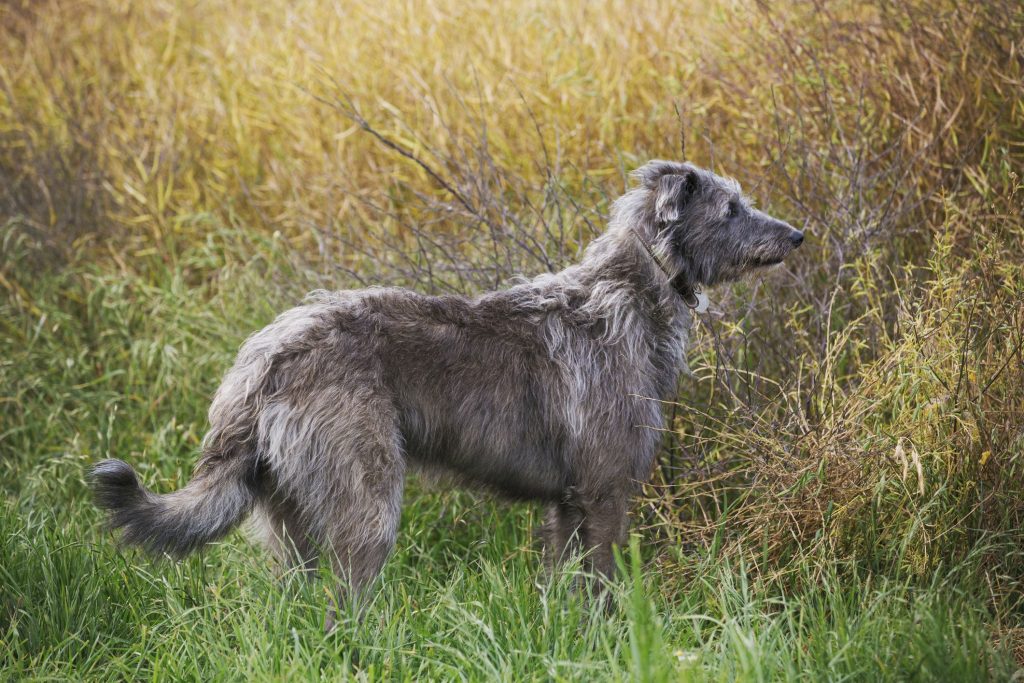
Known Health Conditions
Scottish Deerhounds are a breed of dog that are prone to certain health conditions. One of the most common health issues that affect Scottish Deerhounds is dilated cardiomyopathy. This is a condition where the heart becomes enlarged and weakened, which can lead to heart failure. Symptoms of dilated cardiomyopathy in Scottish Deerhounds include coughing, difficulty breathing, and lethargy. It is important for owners to monitor their dog’s heart health and seek veterinary care if they notice any of these symptoms.
Another health condition that Scottish Deerhounds are prone to is osteosarcoma, which is a type of bone cancer. This cancer typically affects the long bones in the legs and can cause lameness, swelling, and pain. Treatment for osteosarcoma in Scottish Deerhounds often involves amputation of the affected limb, followed by chemotherapy. It is important for owners to be aware of the signs of osteosarcoma and to seek veterinary care if they notice any symptoms. Early detection and treatment can improve the prognosis for Scottish Deerhounds with this condition.
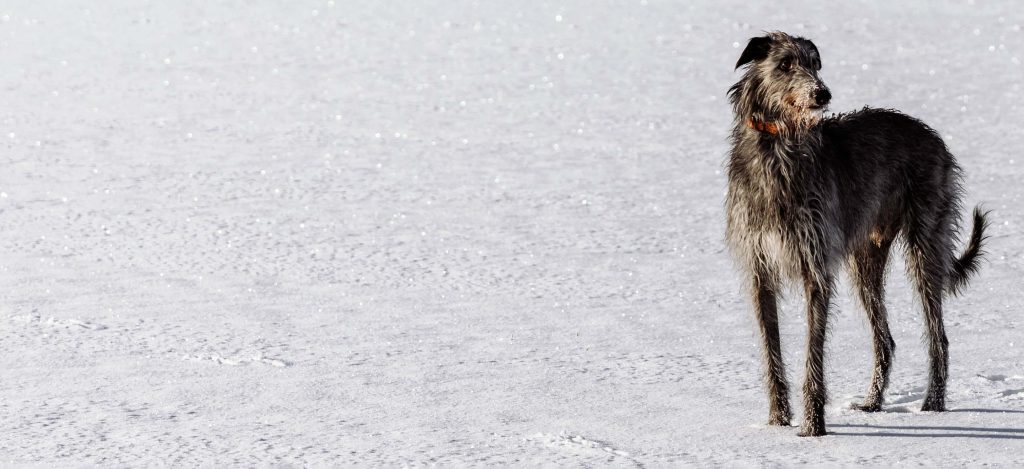
Openness to Strangers
Scottish Deerhounds are known for their friendly and welcoming nature towards strangers. They are a breed that is naturally sociable and enjoys the company of people they have never met before. This trait makes them excellent family pets and companions for those who enjoy having visitors over. Scottish Deerhounds are not known to be aggressive towards strangers and are often described as gentle giants. They are a breed that is easy to approach and are always eager to make new friends.
In addition to their friendly nature, Scottish Deerhounds are also known for their calm and composed demeanor. They are a breed that is not easily startled or frightened, which makes them ideal for families with children. Scottish Deerhounds are patient and tolerant, which means they can handle the rough play and noise that often comes with having young children around. They are also a breed that is not easily provoked, which makes them a good choice for families with other pets. Scottish Deerhounds are known to get along well with other animals, including cats and smaller dogs.
Playfulness Level
The Scottish Deerhound is a highly playful breed of dog that loves to run and play. They are known for their high energy levels and their love of outdoor activities. Whether it’s chasing after a ball or playing with other dogs, the Scottish Deerhound is always up for a good time. They are also very intelligent and enjoy learning new tricks and commands, making them a great choice for owners who want a dog that is both fun and trainable.
One of the things that makes the Scottish Deerhound so playful is their natural athleticism. They are built for speed and agility, with long legs and a lean, muscular body. This makes them excellent runners and jumpers, and they love nothing more than to show off their skills. They are also very social animals and enjoy spending time with their owners and other dogs. Whether it’s a game of fetch or a romp in the park, the Scottish Deerhound is always ready for some fun.
Suitability as a Pet for Children
Scottish Deerhounds are a highly intelligent and loyal breed, known for their gentle nature and affectionate personalities. They are a large breed, with a height of up to 32 inches at the shoulder, and can weigh up to 110 pounds. Despite their size, they are gentle giants and are great with children. They are patient and kind, making them an ideal pet for families with young children. Scottish Deerhounds are also very active and require regular exercise, which can be a great way for children to stay active and engaged with their pet. Overall, Scottish Deerhounds are a wonderful choice for families looking for a loyal and loving pet that is great with children.

Exercise Needs
Scottish Deerhounds require a significant amount of exercise to maintain their physical and mental health. As a breed that was originally bred for hunting, they have a high energy level and need plenty of opportunities to run and play. A daily walk of at least an hour is recommended, but they will also benefit from additional exercise such as running, hiking, or playing fetch. It is important to note that Scottish Deerhounds should always be exercised in a safe and secure area, as they have a strong prey drive and may chase after small animals.
In addition to physical exercise, Scottish Deerhounds also require mental stimulation to prevent boredom and destructive behavior. Training sessions that incorporate obedience and agility exercises can be a great way to challenge their minds and provide a sense of accomplishment. Interactive toys and puzzles can also be used to keep them mentally engaged. It is important to remember that Scottish Deerhounds are sensitive dogs and respond best to positive reinforcement training methods. Harsh or punitive training techniques should be avoided.
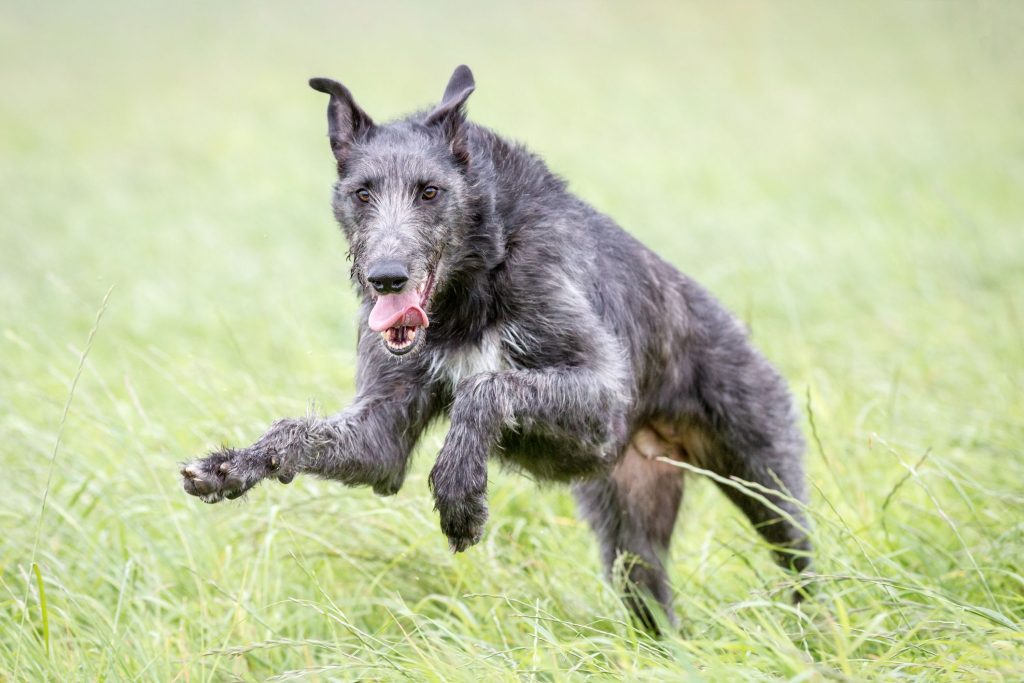
Suitability for a Multi-Pet Family
Scottish Deerhounds have a reputation for being gentle and friendly towards other animals. They have a strong prey drive, but with proper socialization and training, they can coexist peacefully with other pets. It is important to supervise interactions between a Deerhound and smaller animals, as their size and hunting instincts can pose a risk. Overall, a Deerhound’s ability to get along with other pets will depend on their individual temperament and upbringing.
Housing Requirements
Scottish Deerhounds require a spacious and secure living environment that allows them to move around freely. They are a breed that enjoys spending time outdoors, so a large garden or yard is essential. The minimum recommended size for a Deerhound’s living space is a house with a medium-sized garden. However, a larger garden or access to open fields is preferable. It is important to note that Deerhounds are skilled jumpers, so any fencing must be high enough to prevent them from escaping. Additionally, they are sensitive to extreme temperatures, so their living space should be well-insulated and provide adequate shelter from the elements.
In terms of indoor housing, Scottish Deerhounds require a comfortable and cozy space to rest and relax. They are a breed that enjoys lounging on soft surfaces, so a comfortable bed or sofa is a must. They are also known to be quite vocal, so a quiet and peaceful environment is preferable. Deerhounds shed moderately, so regular grooming and cleaning of their living space is necessary. It is important to note that Deerhounds are prone to certain health issues, such as bloat and heart problems, so their living space should be free of any potential hazards that could exacerbate these conditions.
Summary
Scottish Deerhounds are a popular choice for pet owners due to their gentle and affectionate nature. They are known for their loyalty and make great companions for families with children. They require regular exercise and a large outdoor space to run around in, but are generally low maintenance in terms of grooming. Scottish Deerhounds are intelligent and respond well to training, making them a good choice for first-time dog owners. However, they do have a strong prey drive and may not be suitable for households with smaller pets.
Scottish Deerhound Dog FAQS
Scottish Deerhounds can be stubborn and independent, making training a challenge. Consistent and positive reinforcement training is recommended.
Scottish Deerhounds are not recommended for apartment living due to their large size and exercise needs. They require a large, secure yard to run and play.
Scottish Deerhounds are generally good with children, but supervision is recommended due to their large size.
Scottish Deerhounds are prone to certain health issues such as bloat, heart disease, and bone cancer. Regular vet check-ups are recommended.
Yes, Scottish Deerhounds shed moderately throughout the year and heavily during shedding season.
A Scottish Deerhound typically weighs 32-50 kg.
Scottish Deerhounds require at least 1-2 hours of exercise per day, including a daily walk and free running in a secure area.
Scottish Deerhounds require weekly brushing and occasional bathing to maintain their coat. Their nails should also be trimmed regularly.
The average height of a Scottish Deerhound is 76-81 cm.
The average lifespan of a Scottish Deerhound is 8-10 years.
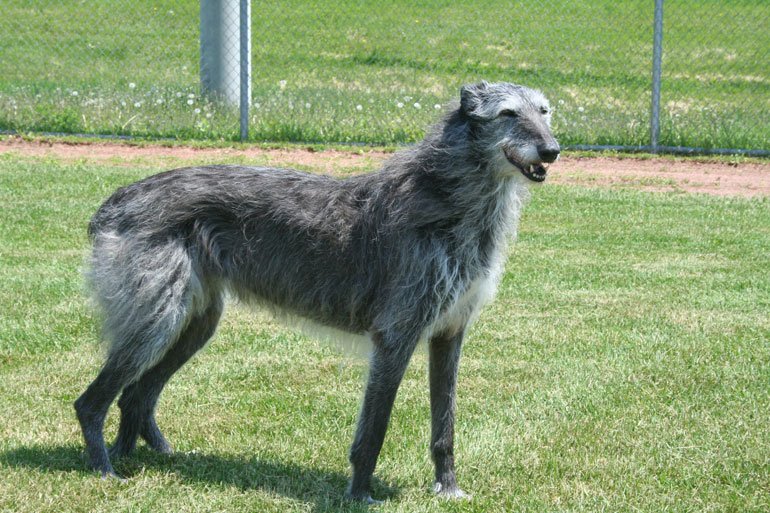
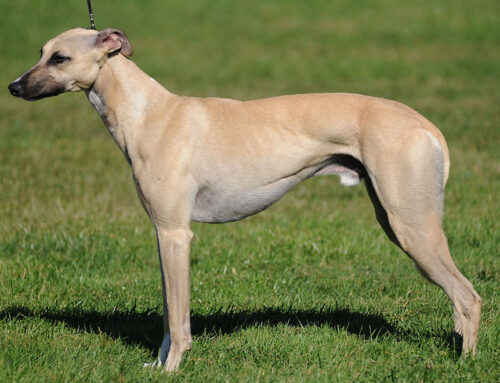
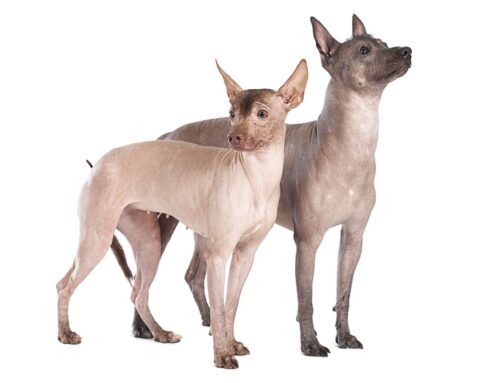
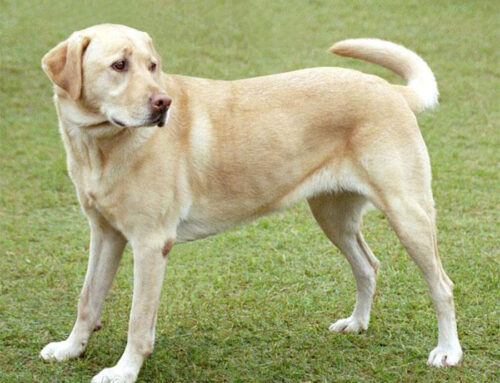
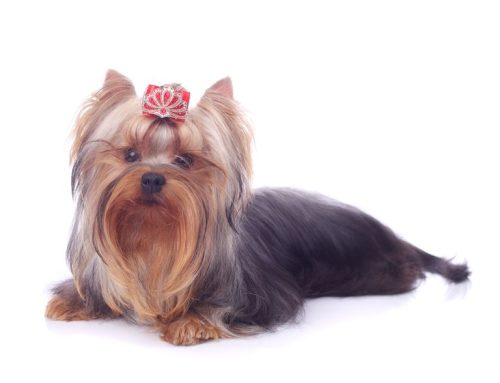
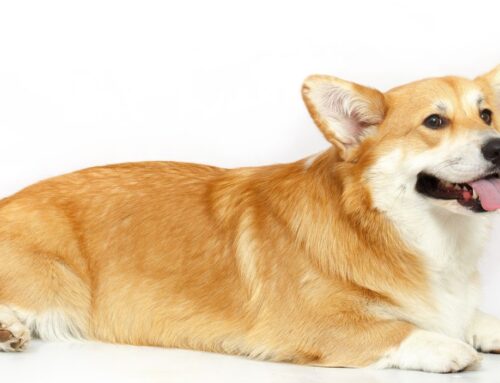
Leave A Comment